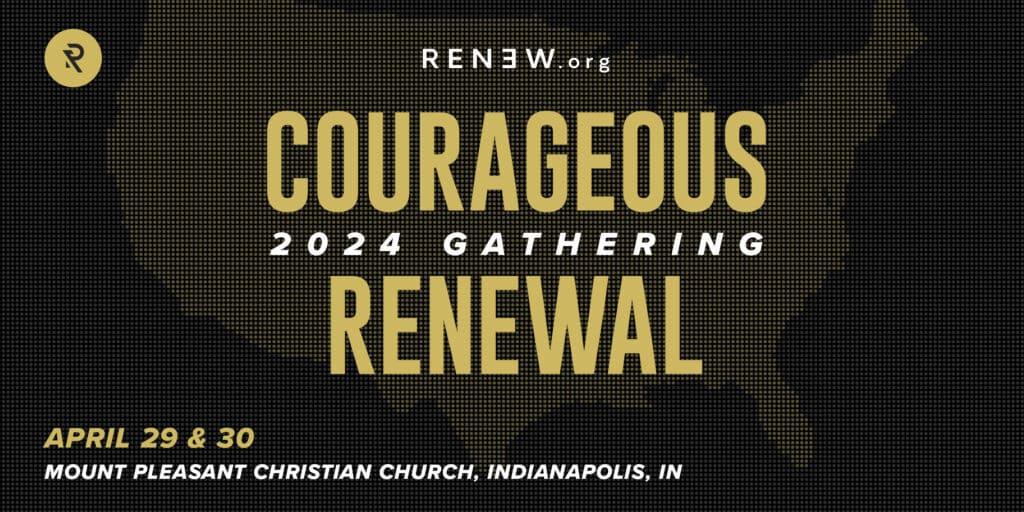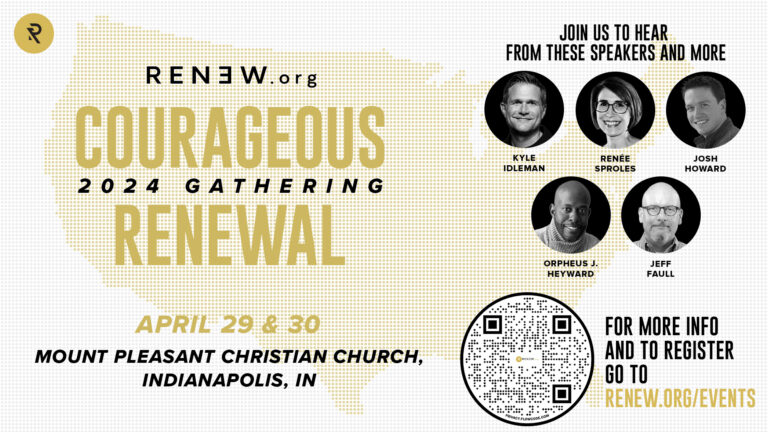In this article, Taffeta Chime explores what are conflicts in a story. Other articles in this series include “Why Storytelling Is Important to the Life of a Christian,” “How to Create Good Characters,” “What Metaphor Means,” “Tips on Writing Stories in Layers,” and “How to Share Stories for a Particular Audience.”
When I was nine years old, I was really starting to gain interest in writing stories. My mom, also a writer, began pointing out elements of storytelling to me in different areas of life. She taught me to take note of all five of my senses everywhere I went, to notice the way people moved and talked around me, and to appreciate asking questions like “What if?” to stimulate my imagination.
When we went to see Jurassic Park in the theater as a family, I remember her mentioning the power in one little moment near the beginning of the film, when Dr. Grant reaches to buckle his seatbelt–only to find it has two ends that won’t connect. Everyone tries to help him find the right end, but instead, he ties the two together. My mom pointed out to me that this little scene–not even a minute long–establishes a minor conflict that turns out to have huge metaphorical depth for the rest of the film.
What is conflict?
Conflict is the driving force of the storyline. If there’s no conflict, the story is uninteresting. Too much conflict, and it’s overwhelming. Just like in developing strong characters, an important factor in conflict development is relatability. The reader needs to be able to put themselves in the situation and feel like they could navigate the circumstances, either because they have experienced something similar or because the characters in the story show how it can be done.
Most story arcs have one major conflict. The story builds with rising action to set it up (“Okay, I’m leaving for work!”), foreshadow it (“I hope the roads are clear today…”), provide mini-conflicts and resolutions along the way (“The car won’t start, and I’m in a hurry! Let me just try it one more time…There it goes!”). Then the climax happens, when everything comes to a head (car crash).
The story then begins to resolve (emergency vehicles come to the scene, take our character to the hospital), again with mini-conflicts and resolutions throughout (overcoming trauma, difficulties in rehab, etc.). Then there is some final resolution, though not always a “they lived happily ever after” kind of ending. In our case, maybe the driver gets behind the wheel again, finds a moment of peace in a sea of grief or guilt, or takes their first unaided step.
In thinking about the writing of the Bible, the major story arc surrounds Jesus and the followers of God.
The rising action involves the history of the Israelites, their growth as a nation, their desire for a king, and their drawing nearer to God through direct contact, judges, and prophets. Some of the conflict within the rising action involves their times in and out of slavery, the battles they fought, their wandering in search of the promised land, and their struggles with sin. (But even within this, there are, of course, thousands of stories with conflict and resolution: Cain’s murder of Abel, Hannah praying for Samuel, Nehemiah approaching the king, Solomon’s quest for the ultimate joy in life, Daniel in the lions’ den, etc.) Foreshadowing in the form of prophecies runs throughout the Old Testament and points the way toward the events of the conflict and climax.
At the peak of the story arc is the life of Jesus: He is the one who fulfills the prophecies, His teachings complete the Law, He is bringing salvation. But here, there is also conflict: the people who believe He is blasphemous, the controlling rule of the Romans, the divide between those who believe and those who don’t. Then, the climax of the entire Scripture: the crucifixion. It looks as if Satan has defeated the Messiah, and all hope is lost for the people who believed in Him. But then, the resolution: the resurrection. Jesus does the impossible and brings hope again.
Then from there, the falling action unfolds: Jesus continues teaching until He ascends to heaven, He gives power to the apostles, they go out and share, and disciples spread throughout the world. Here, too, there is mini-conflict: persecution for His followers, disagreements within the church, and the continuation of cultural norms that make Jesus’s counter-cultural teachings difficult, to name a few. The final ending actually looks ahead to the future, in a vision from God as detailed in Revelation. And outside of the written Word, the story continues and will continue until Jesus comes back to earth.
In one of the earliest prophecies about Jesus, God says the offspring of Eve will bruise the head of Satan, though he will bruise His heel (Gen. 3:15).
This verse is actually a great summary of conflict throughout the Bible: Jesus is able to overcome, though sin will cause injury. Likewise, according to Paul in his second letter to the Corinthians, the believers in God are afflicted but not crushed, perplexed but not despairing, persecuted but not forsaken, and struck down but not destroyed (4:8-9). In storytelling, this is a fundamental aspect of conflict: it shouldn’t be too easy or too hard for the characters involved. It’s like a puzzle. People do puzzles because of the challenge, but if it’s too easy, it’s boring; and if it’s too hard, it’s frustrating. Writing conflict is all about crafting that balance.
This touches on the next article about metaphor and literary skills to boost depth in the story, but we need to take a moment here to emphasize the importance of foreshadowing for establishing conflict. Tools like foreshadowing can provide hints and clues to the reader, guiding them to the main conflict of the story arc. Again, balance is vital; no one wants to be patronized with in-your-face signals, but foreshadowing details shouldn’t be too convoluted either. In Jurassic Park, the seatbelt scene signals to most viewers that there are oversights in the park awaiting the characters. If the helicopter engineers didn’t even notice the problem with the seatbelt, what other details were missed in the making of the park?
As mentioned before, prophecy is all throughout Scripture, and it’s part of what made the life of Jesus so impactful to so many people: they knew the hints, the tips, and the signals–and now they were seeing them come to life in front of them.
In our lives, as part of the story in this post-resurrection time, there is and will still be conflict.
Jesus established hope and the promise of salvation, but He Himself said in John’s account that we will have tribulations (16:33). James even encourages us to rejoice in difficulties because they draw us closer to God (1:2-4). The decisions and actions we make now foreshadow the consequences and reactions in the future, and we need to learn to think just as Job said in the face of his conflict,
“The Lord gives, and the Lord takes away; blessed is the name of the Lord” (1:21).
As storytellers, we construct big and small conflicts for our characters to pass through. And as followers of God, we lean on Him–the writer of our story–in our own moments of conflict.
As followers of God, we lean on Him–the writer of our story–in our own moments of conflict.











